- 393 Posts
- 263 Comments

Extraction limits are the only thing that will limit anthropogenic emissions, and soon. Unfortunately, Earth system own dynamics begins to dominate greenhouse emissions, so that’s not going to change things.

Solar and wind are only relatively cheap if you don’t need to buffer. Unfortunately, you do. And electricity production is only a fraction of primary energy use. Concrete, steel, glass, fertilizer, chemistry, diesel and bunker fuel for shipping and mining. Can’t make new renewable infrastructure without fossil extraction.

He can’t make the unextractable extractable. Nor can he make consumption stop. In terms of the Keeling curve, the impact is exactly zero.
ADHD-PI has no issues with sitting still and quiet. Focus and paying attention, not so much.

 2·2 days ago
2·2 days agoThanks. From the details I can’t tell whether this https://www.nature.com/articles/s41586-022-05108-y is the process used or something else.
It could be a variation on https://pubs.rsc.org/en/content/articlehtml/2022/cc/d2cc01345b but not enough details provided, so I’ll stop guessing.

 4·3 days ago
4·3 days agoYou can make nukes with material (U-233) bred in the thorium fuelcycle.
https://en.wikipedia.org/wiki/Uranium-233
There are serious diverse problems with the thorium fuelcycle, including MSR. This is the reason it is not being developed vigorously. But China and India particularly are looking into it.

Interestingly enough, I have not heard of large hydrogen projects from water electrolysis in China.

 10·3 days ago
10·3 days ago“ADHD and aggression” is a strange combination. It seems to assume that ADHD is correlated with aggression. I would not use such leading questions in a questionaire.

What else did you expect, honestly? The only limit is increasing nonviability of tight resource extraction. (Un)fortunately, we’re almost there.
Wire speed L2 in hardware is cheap, but layer 3 is not (and is typically limited to few k routes for campus type of switches). I have a Quanta LB 10G and a Brocade ICX 1G/10G/40G switches for lab use, which are hot and screamy but were cheap used. I would not trust software L3 implementations to not drop packets at high rates.
That’s pretty good. Which models are these?
Interesting. Wonder how much horsepower they have in the L3 department.

 91·6 days ago
91·6 days agoI joined over 18 years ago. I agree Lemmy and Fediverse has a future, however online engagement has been falling for many years. I don’t expect it to reverse, since most people will be dealing with rising problems in their personal life.

 43·6 days ago
43·6 days agoI’ve stopped using reddit the moment they locked out third party apps. I still read one community in read-only mode. I’ll stop doing that when they’ll kill off old.reddit.com.
Neither 10G multiport routers nor L3 wirespeed switches are low power. We’re looking at 100+ W to multiple hundred watts. In 1U these are rather screamy.

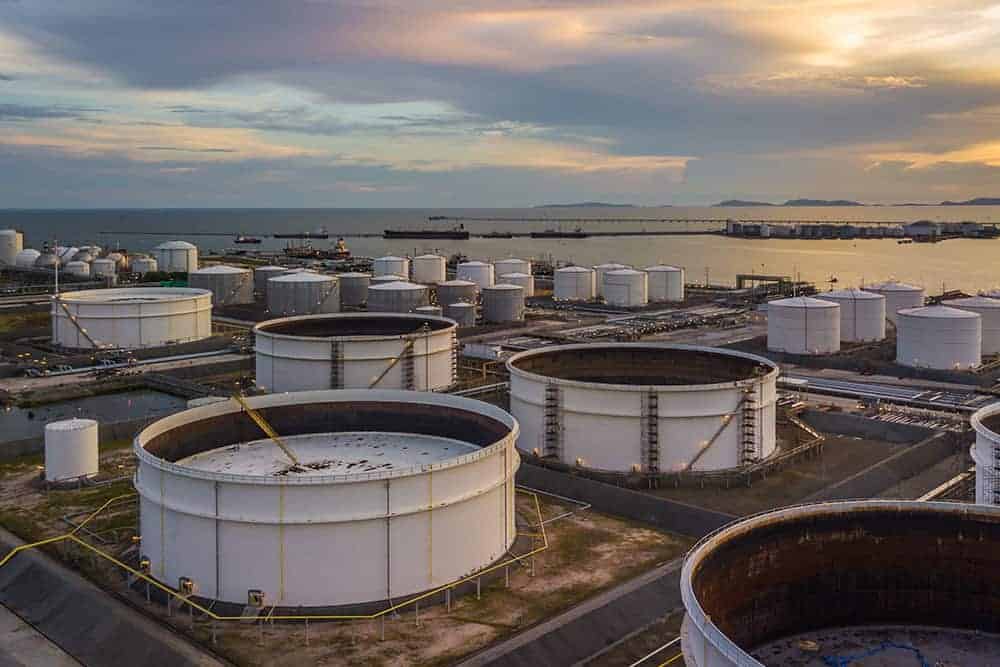



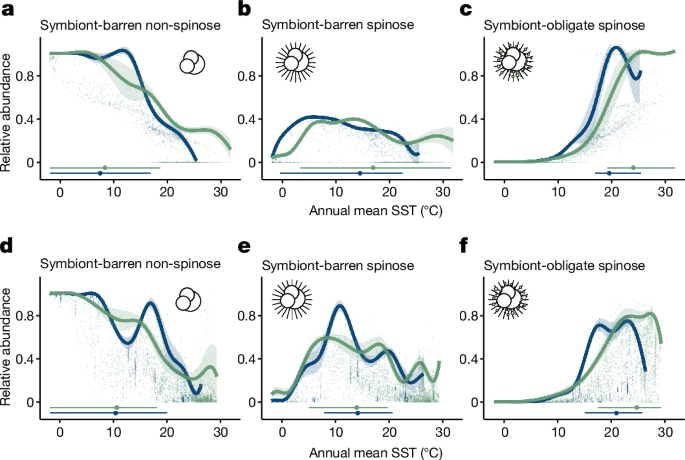

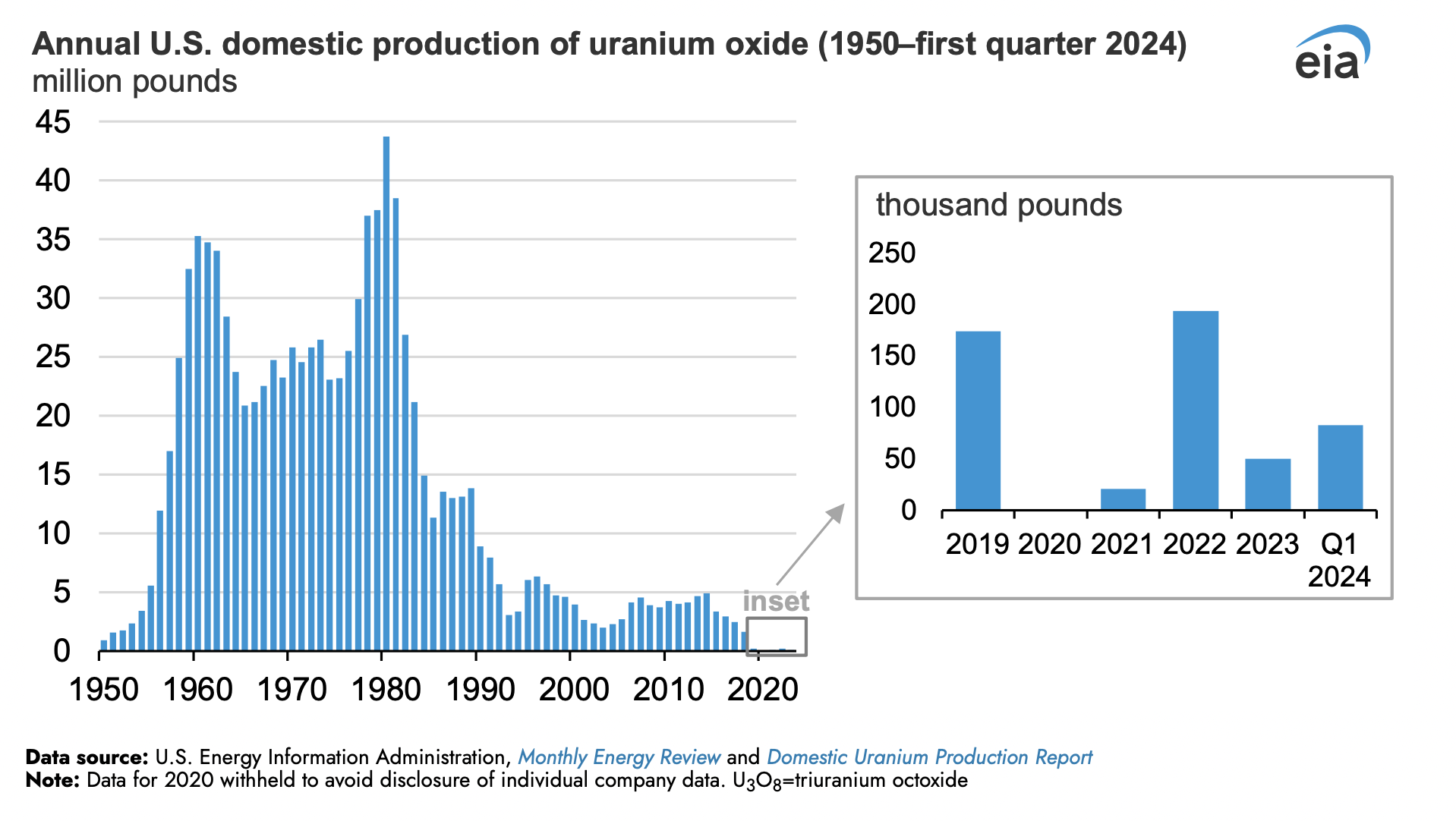
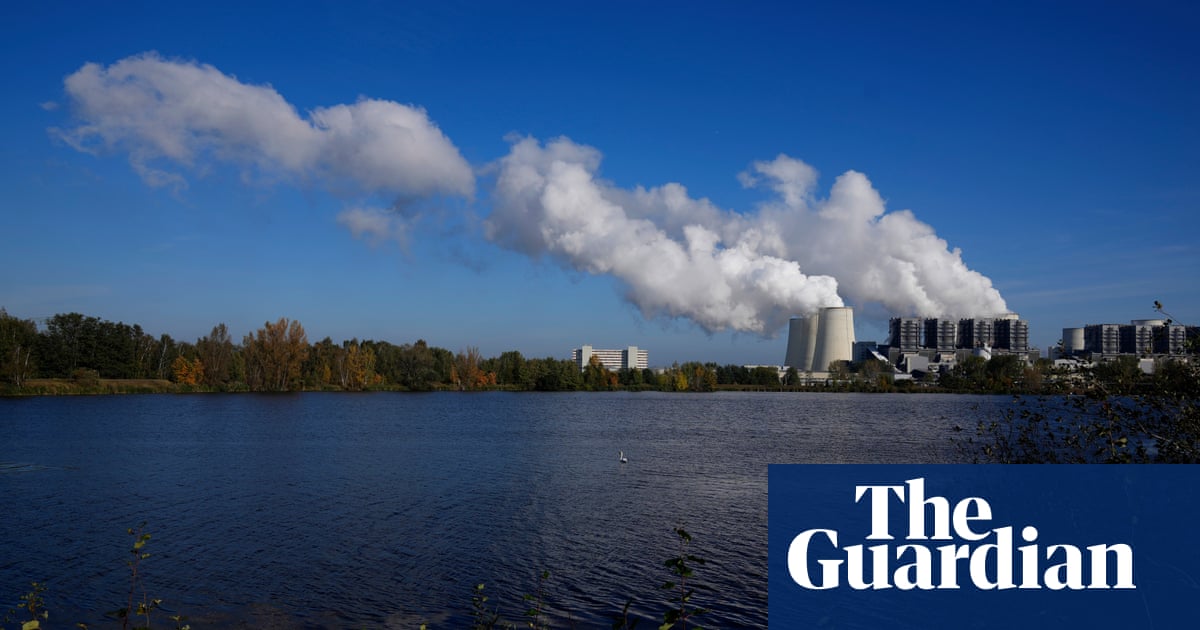

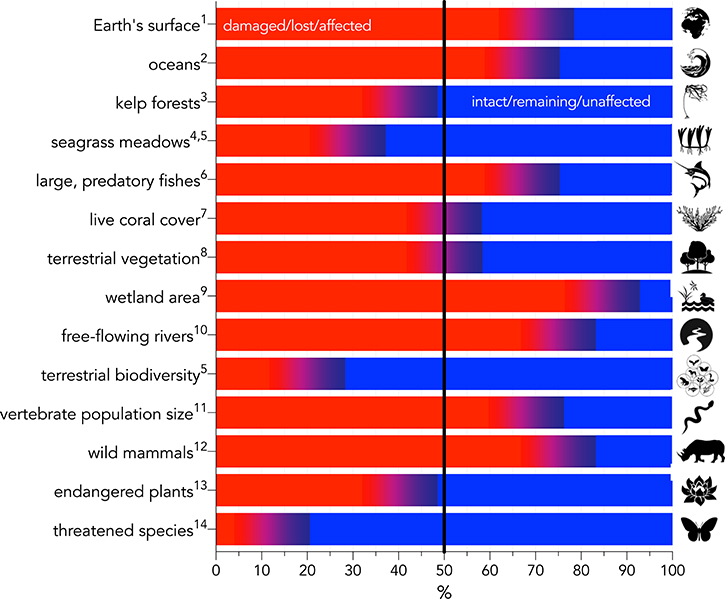
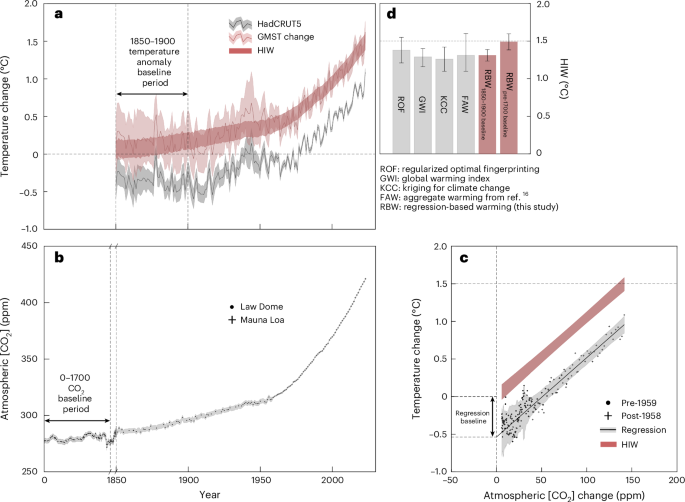
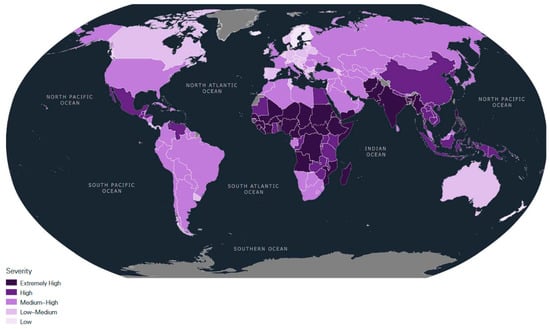
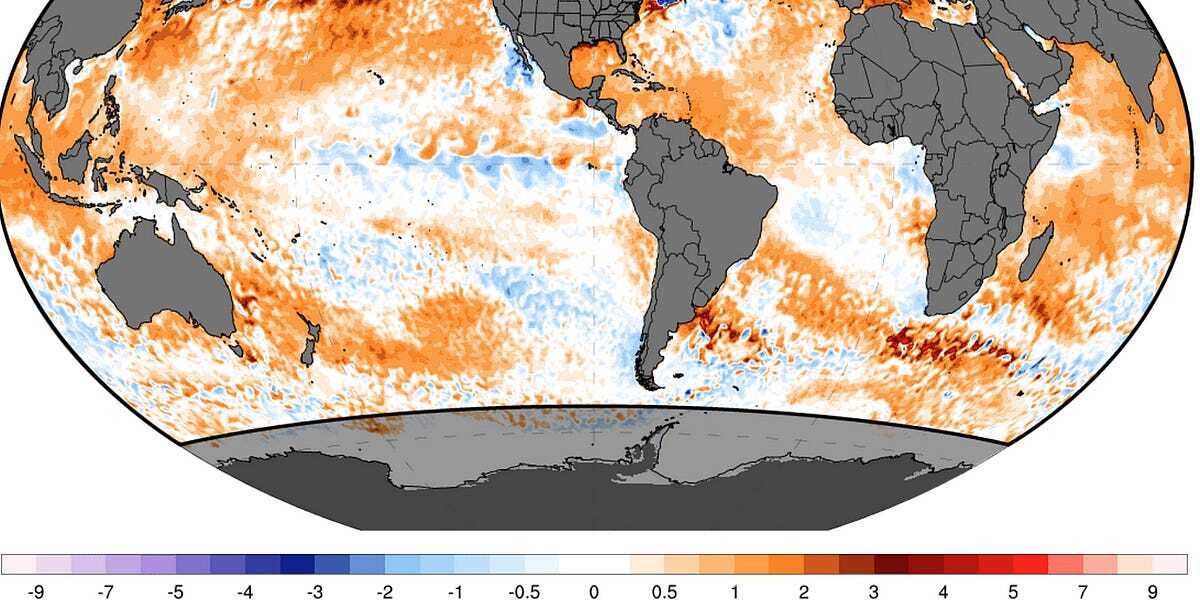

That decentralized and self-hostable platforms like Lemmy are fringe does not give me hope for the future of social networks on the Internet.